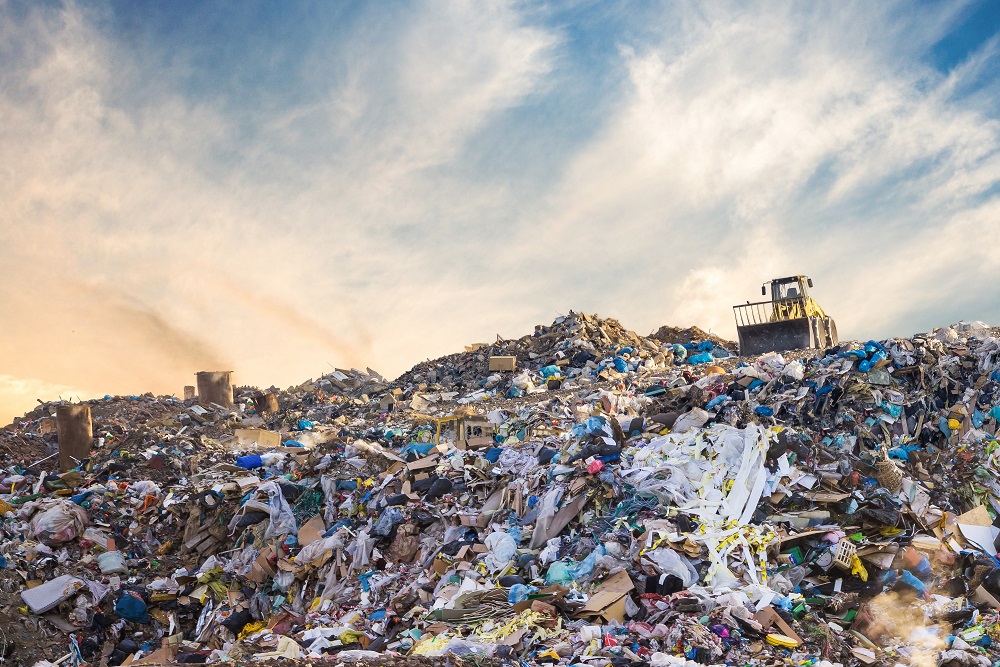Learning is a lifelong experience. It occurs whether we voluntarily participate or not. It is interesting to note that people are more apt to admit how much they don’t know as they get older. Equally interesting is the reality that so many people seem so disinterested in learning more about the larger world. Residential recycling offers an adequate illustration.
Residential recycling involves things like glass jars, paper products, and certain types of plastics. People put their recyclables into a small bin that gets put out to the curb on garbage day. In theory, recycled materials are collected separate from trash. They are taken to a recycling facility for processing.
It is all pretty simple to understand. But note that things are rarely exactly as they seem. Sometimes the differences between what we perceive and the actual reality of a situation are vast. The differences between our residential recycling efforts and the final destination of recycled materials illustrates the point perfectly.
Save the Planet by Recycling
Residential recycling got its start back in the late 1970s. The green activists of the day promoted curbside recycling as a way to help save the planet. If you went to grade school during that time, you probably remember your teachers devoting a lot of time to the recycling topic.
Fast-forward some 50 years and American culture remains sold-out on the idea of curbside recycling. People who faithfully put the recycling bin out to the curb every week do so based on an assumption that everything in their bins will be recycled. But that’s not reality.
The majority of uncontaminated glass and paper products are easily recycled. Both materials can be recycled profitably as well. You cannot say that about plastic. Plastic recycling is so inefficient and resource-hungry that more than 90% of the world’s plastics never get recycled. Even the plastic that goes to your municipal recycling center ultimately winds up in a landfill or an incinerator.
Terrible Profitability Ratios
The profitability ratios of curbside recycling are such that the practice is not worthwhile. Companies spend far too much money to recover plastics from residential programs. They cannot make up that money by selling recycled materials to manufacturers. And even in the rare instances in which companies could recover their costs, they still don’t make enough profit.
Contrast that to industrial plastic recycling, a business that thrives across the country. Industrial plastic recycling only deals with clean, separated plastics that do not require labor-intensive sorting, transport, and additional cleaning. Seraphim Plastics, a Tennessee scrap plastic recycler, explains why it works.
According to Seraphim, not having to separate plastics eliminates a substantial chunk of the manual labor. Second, focusing only on clean plastics means recycled materials can be processed and immediately sold. There is no long, drawn out process in between. Therefore, recycling industrial scrap plastic is highly profitable. That is why it works.
Reality Is Far Different
Comparing residential and industrial recycling programs reveals one of the fundamental lessons of life: things are rarely as they seem. What we perceive in our day-to-day lives barely scratches the surface. So many issues of life are incredibly complex. We cannot know the whole story just by what our senses tell us. As a result, most of us have no idea about what really goes on around us.
Residential recycling is a good example of everything not being as it seems. It is a concept that does not work, yet most people mistakenly believe it does. Unfortunately, we cannot see beyond recycling bins to fully understand what happens to materials after they leave our homes.





